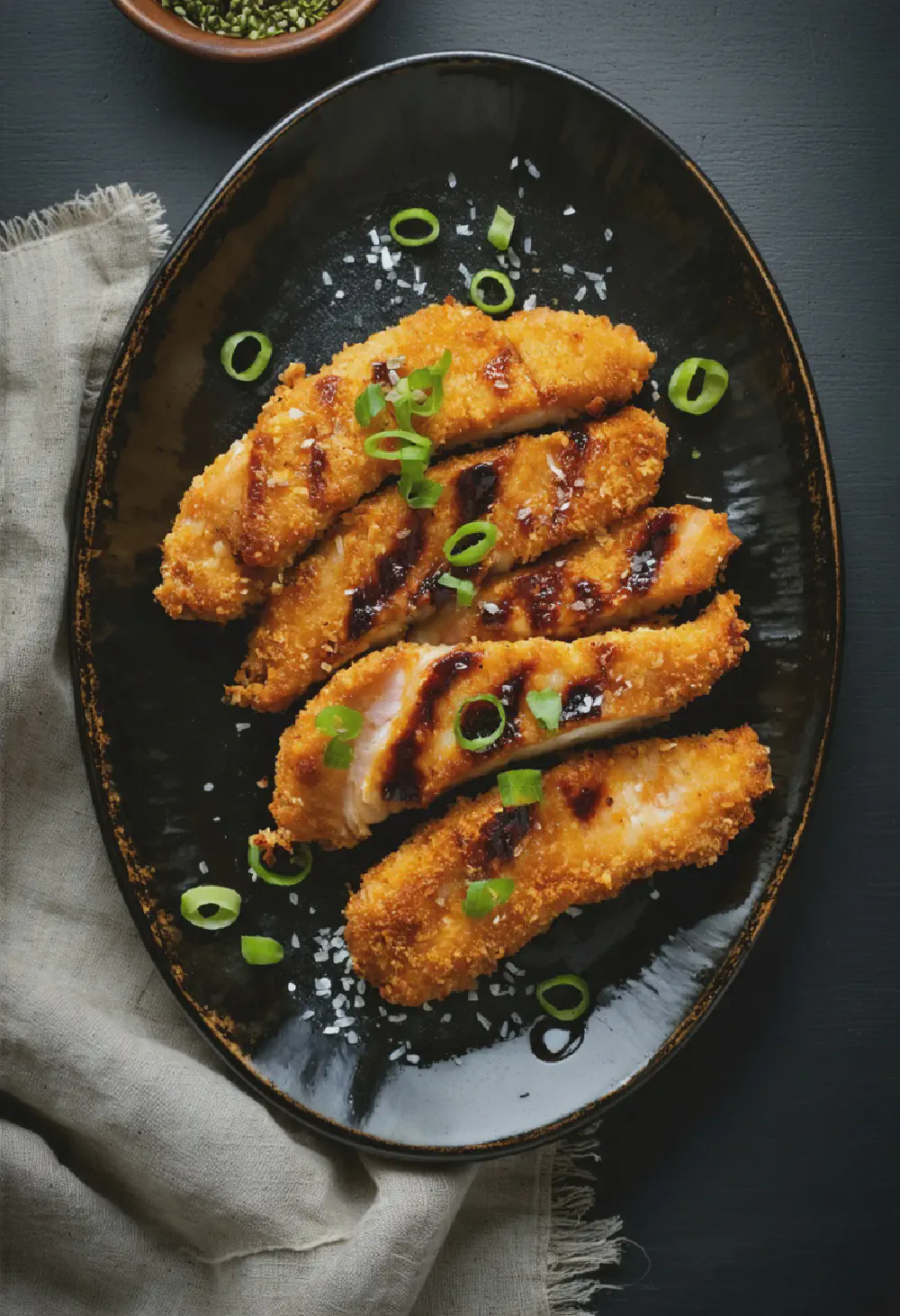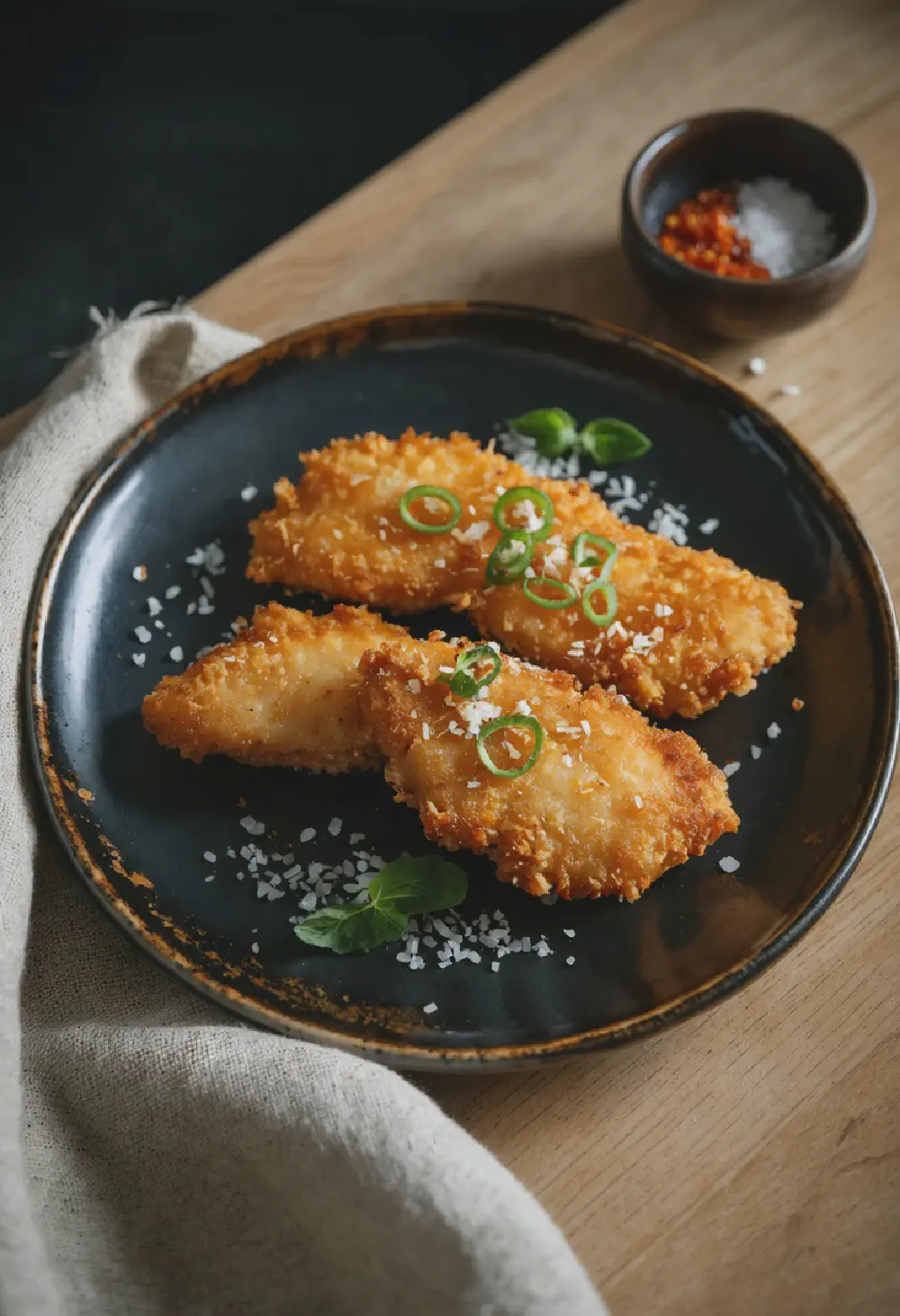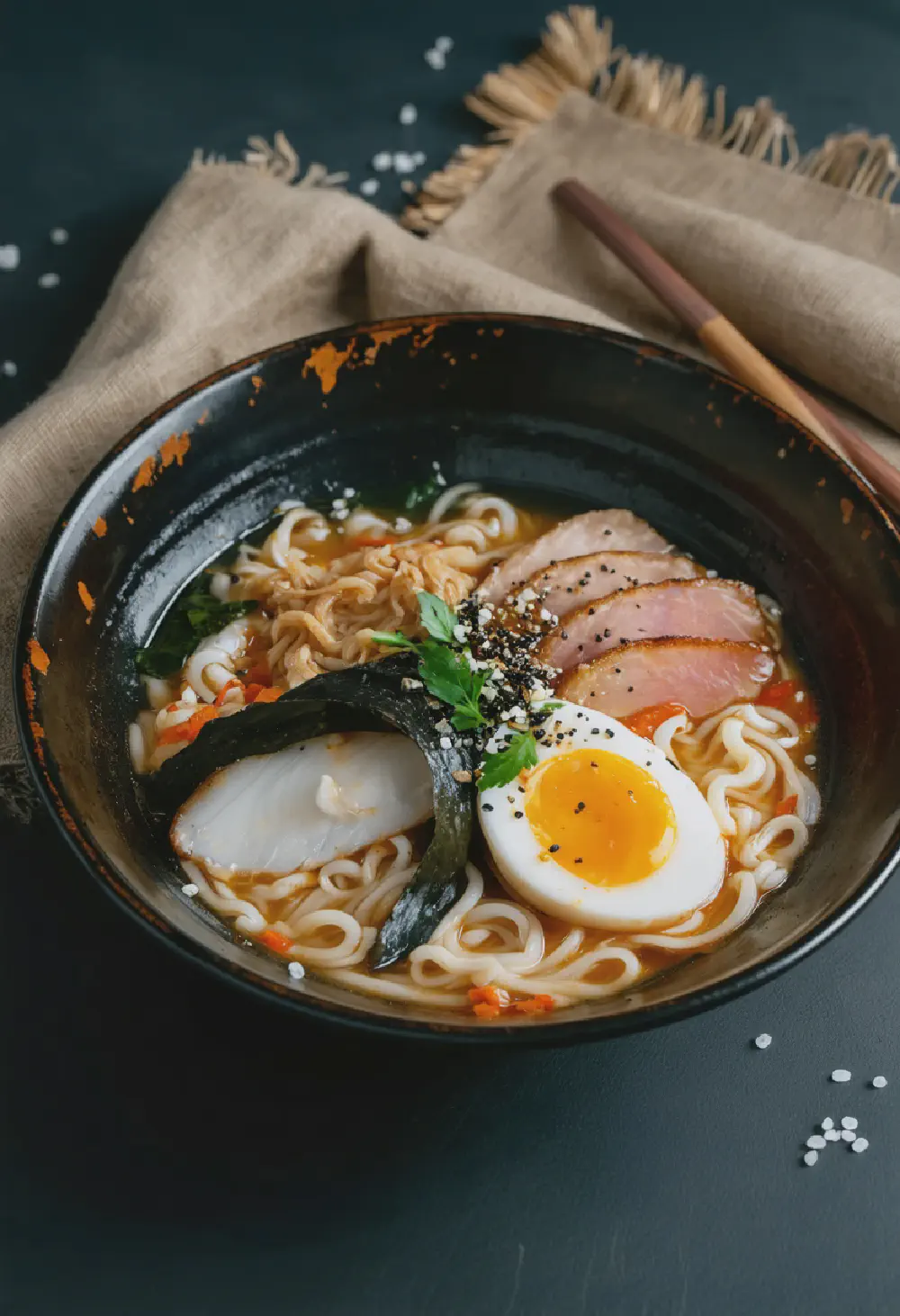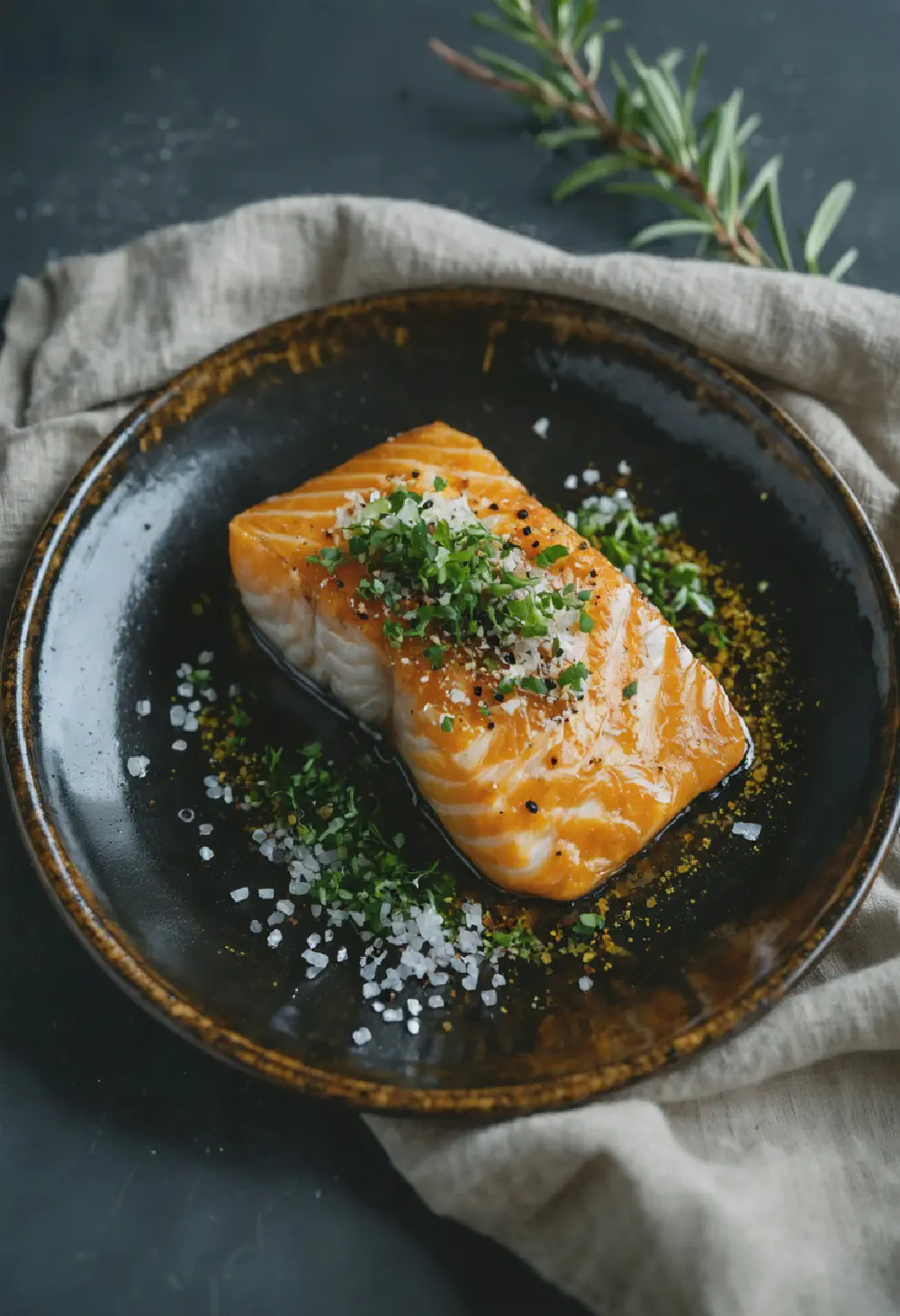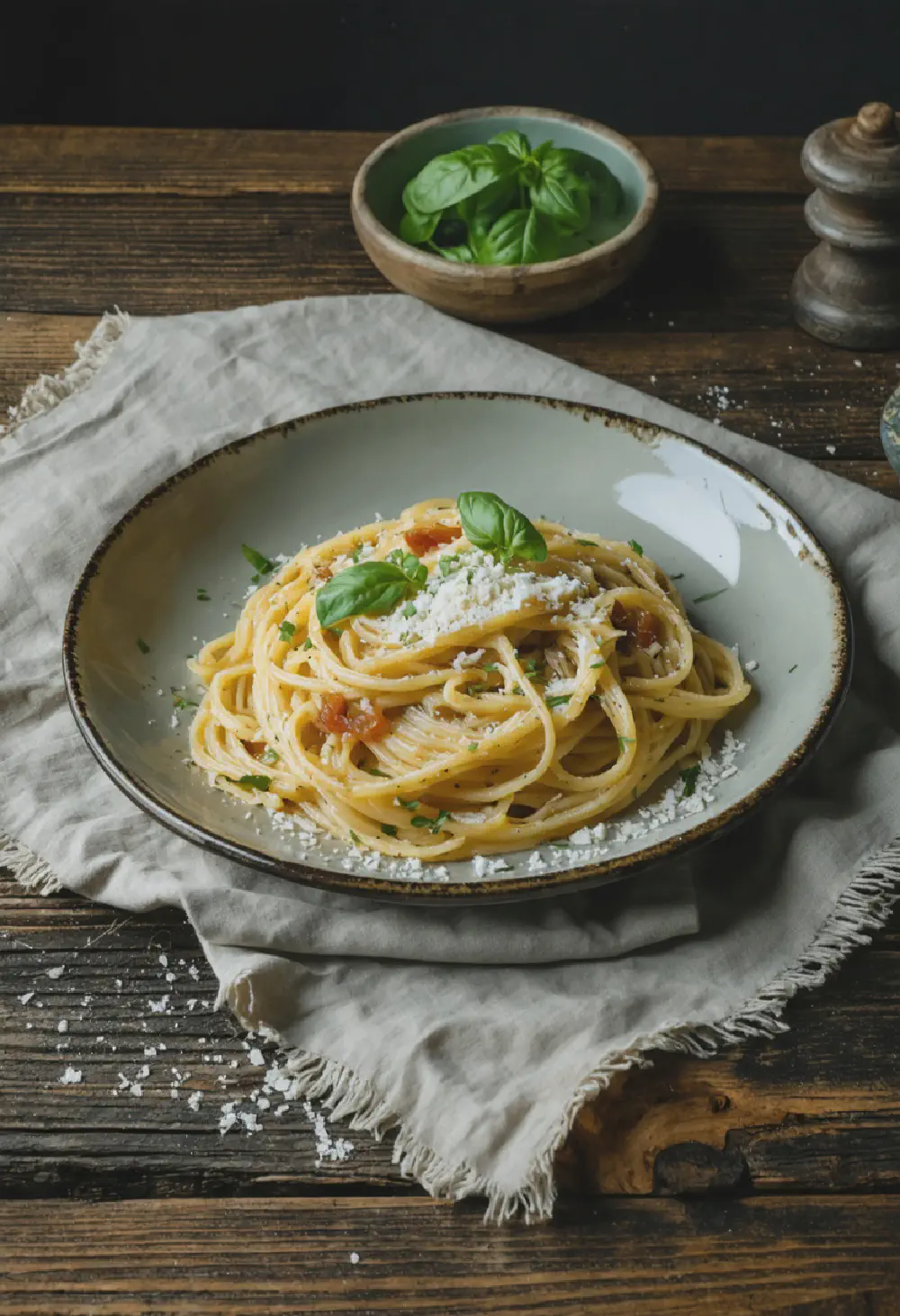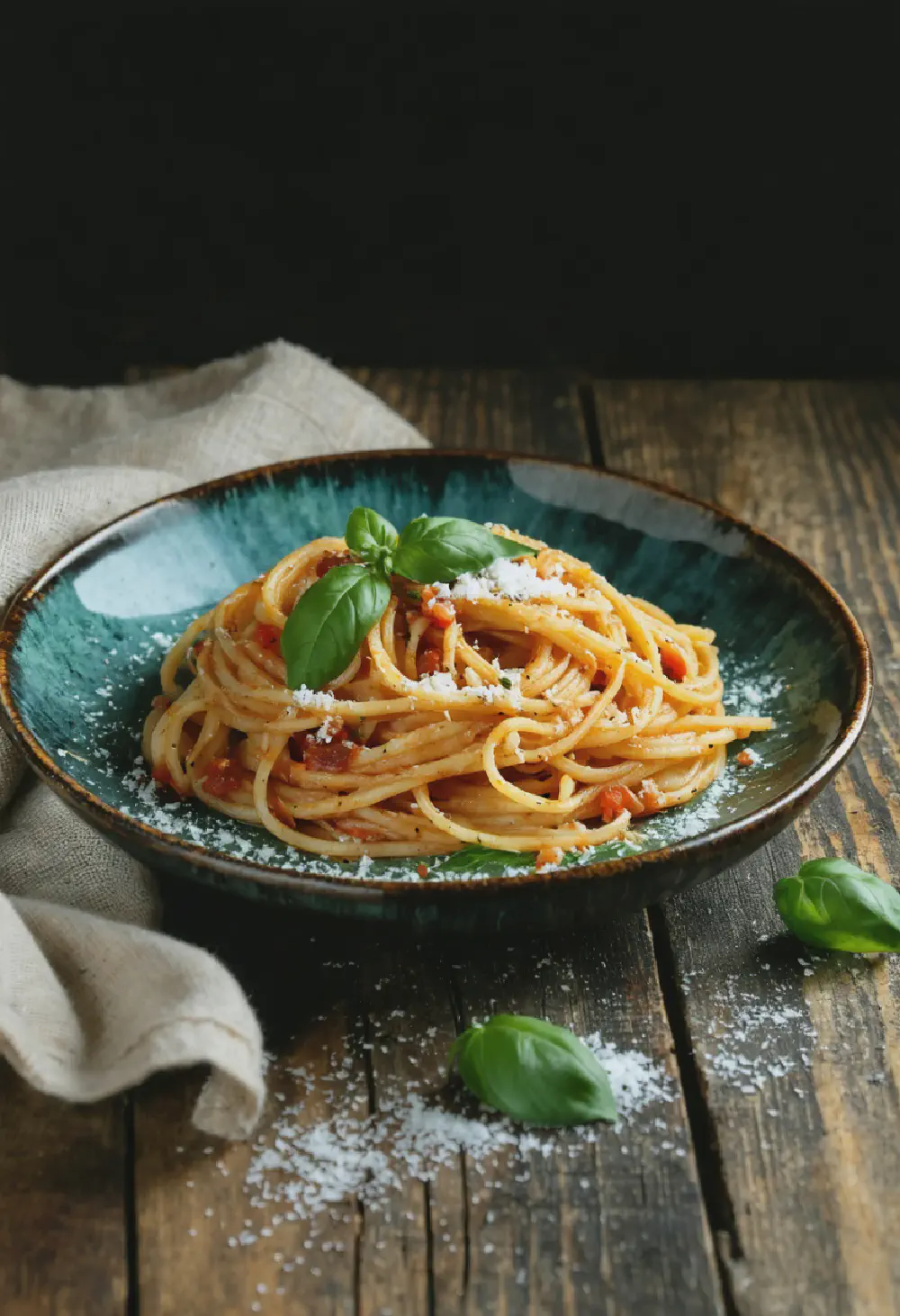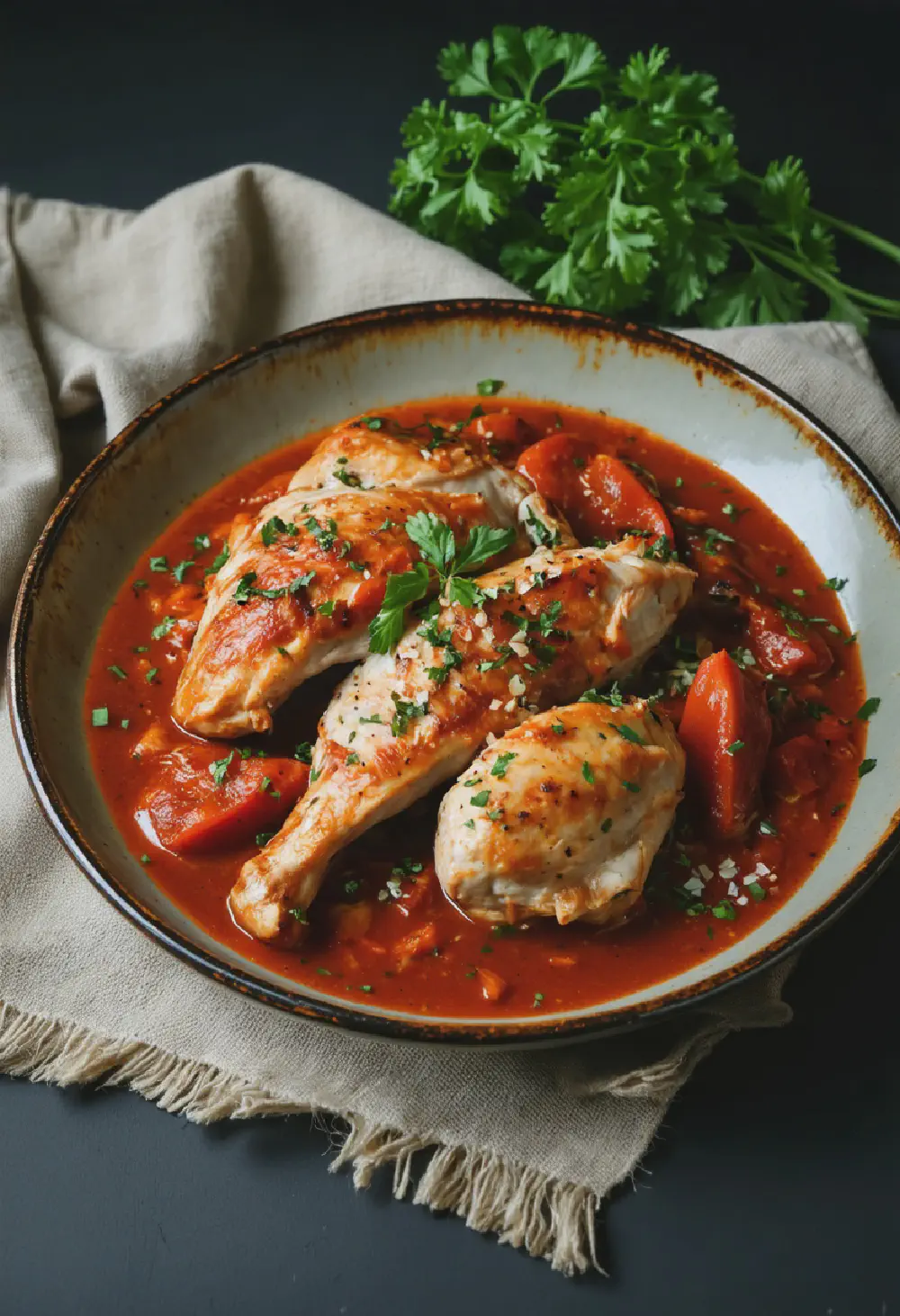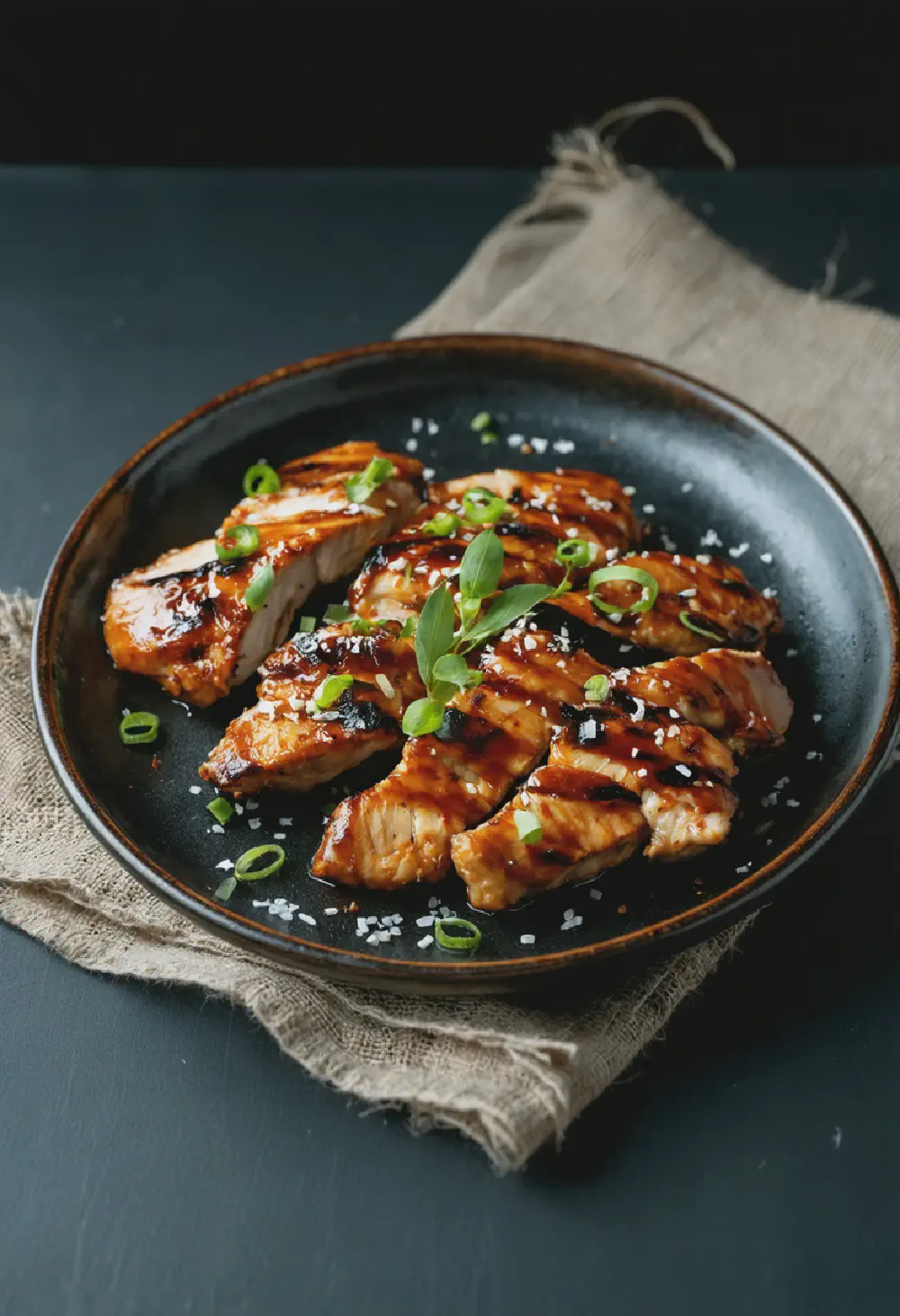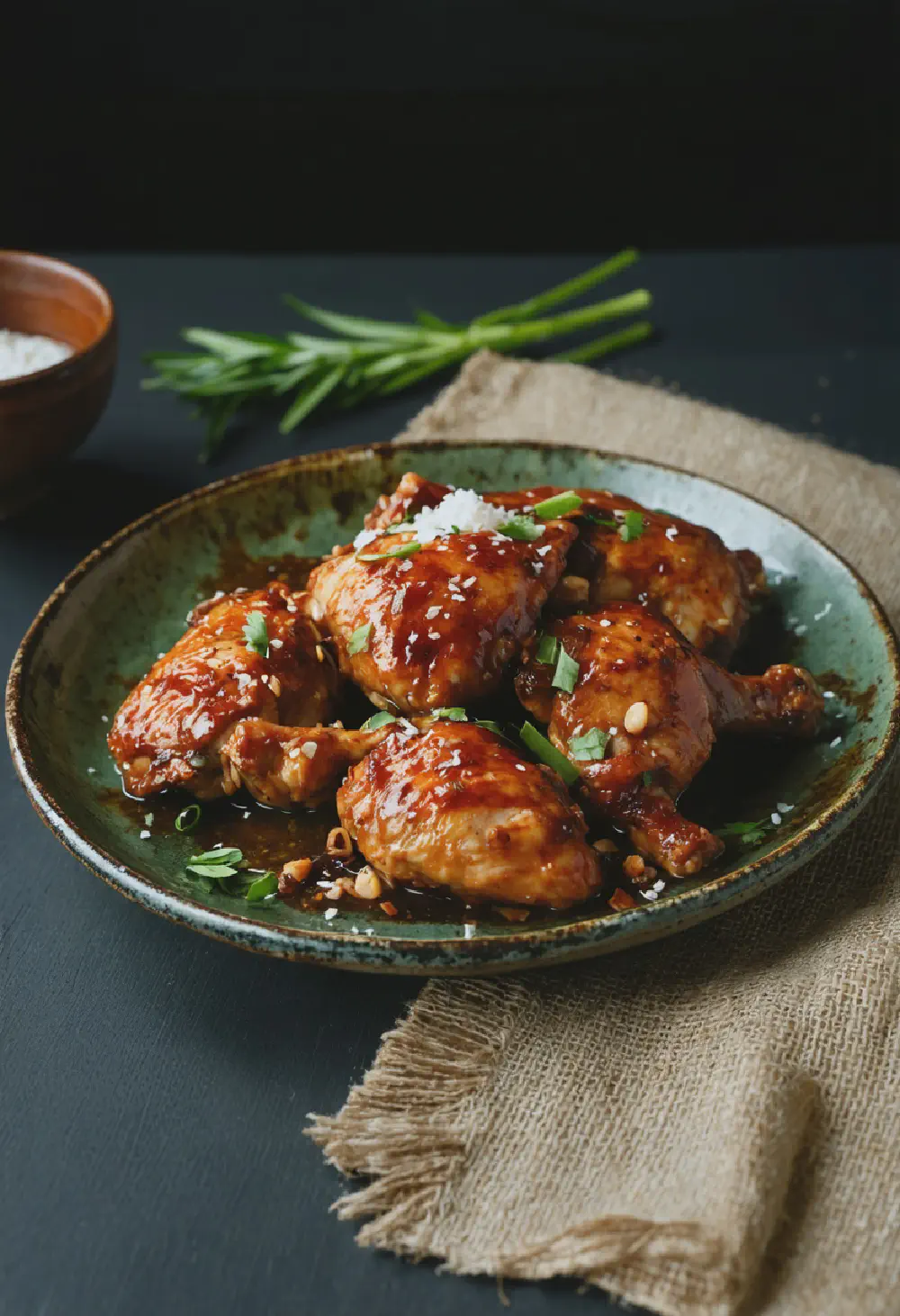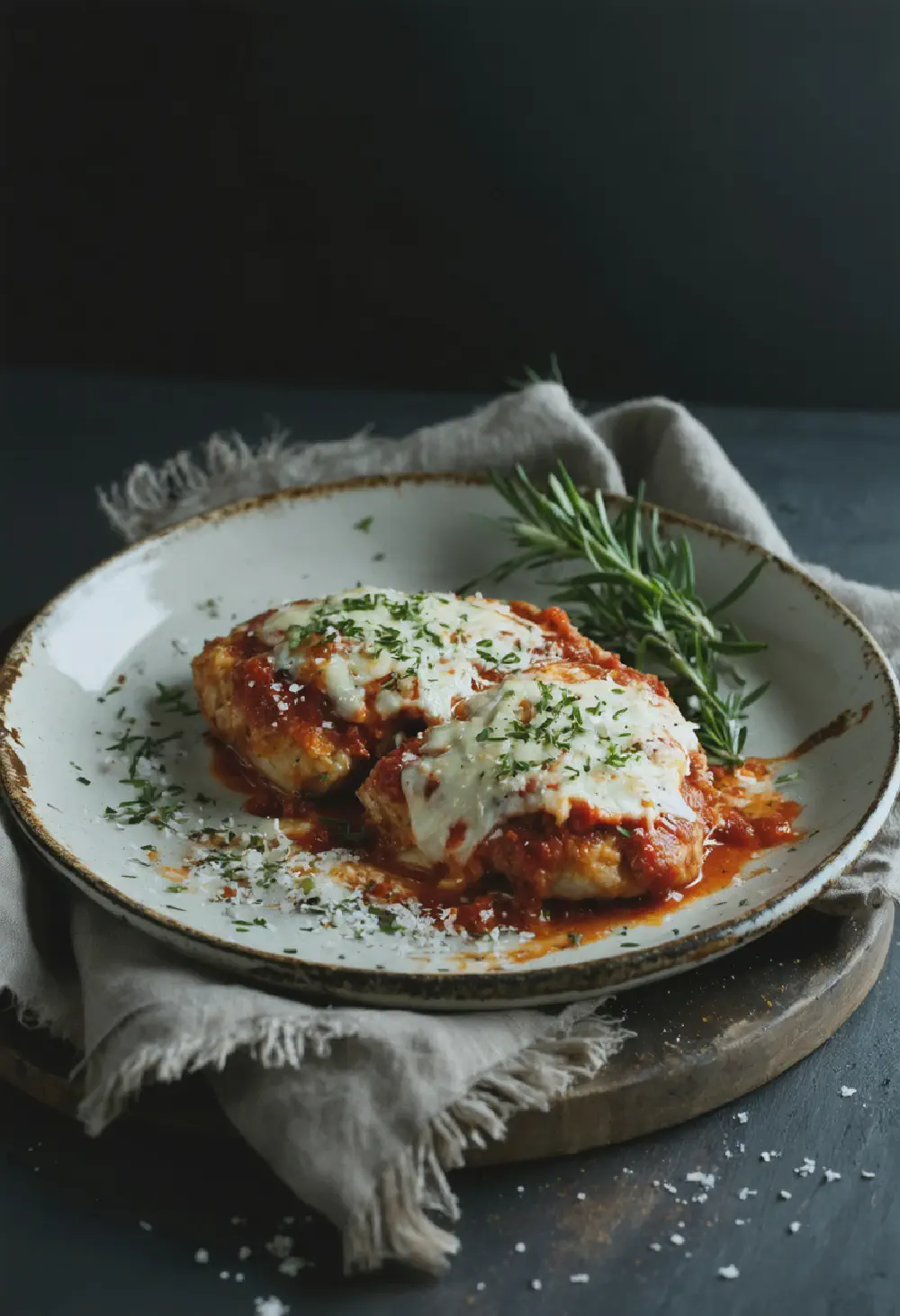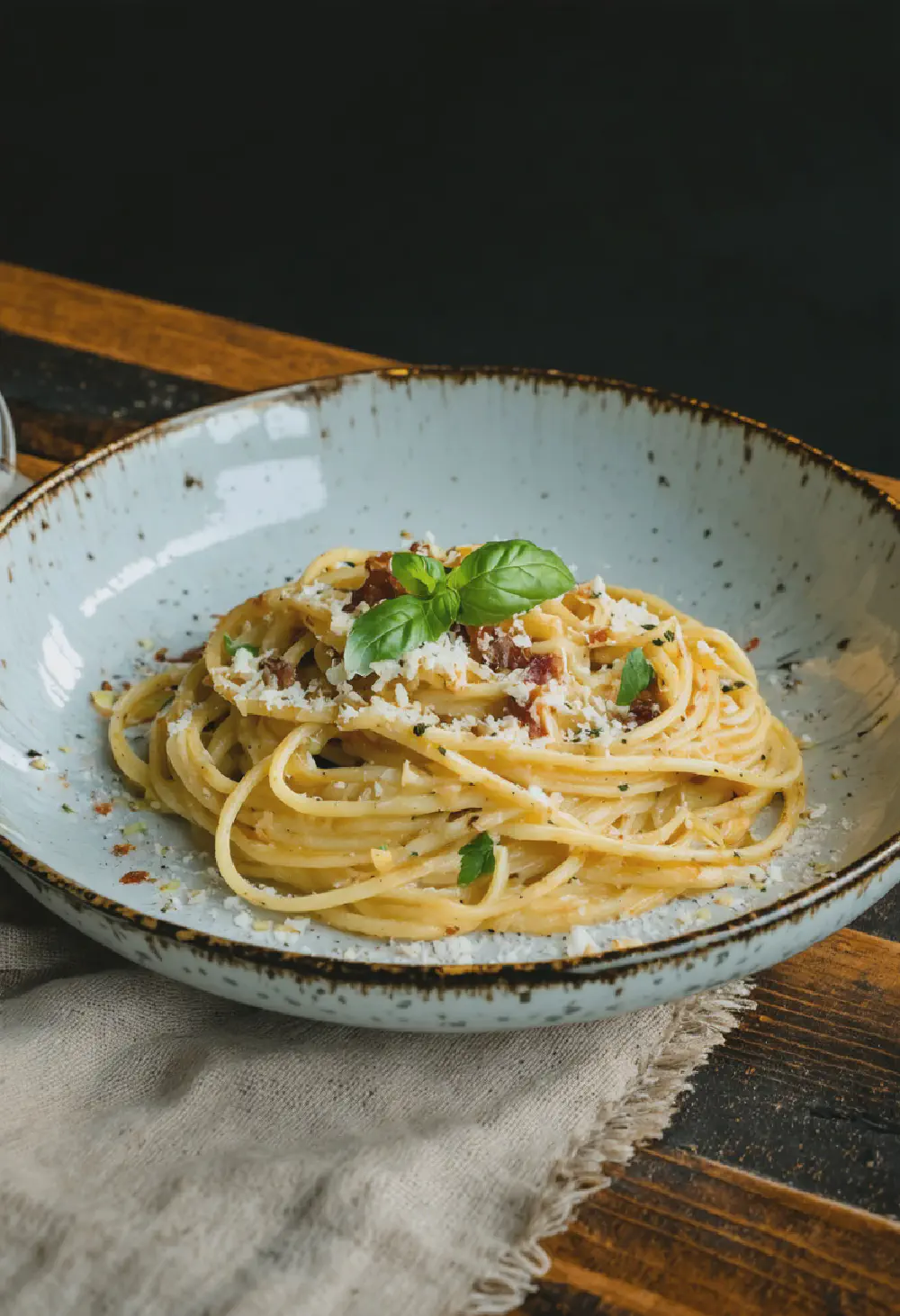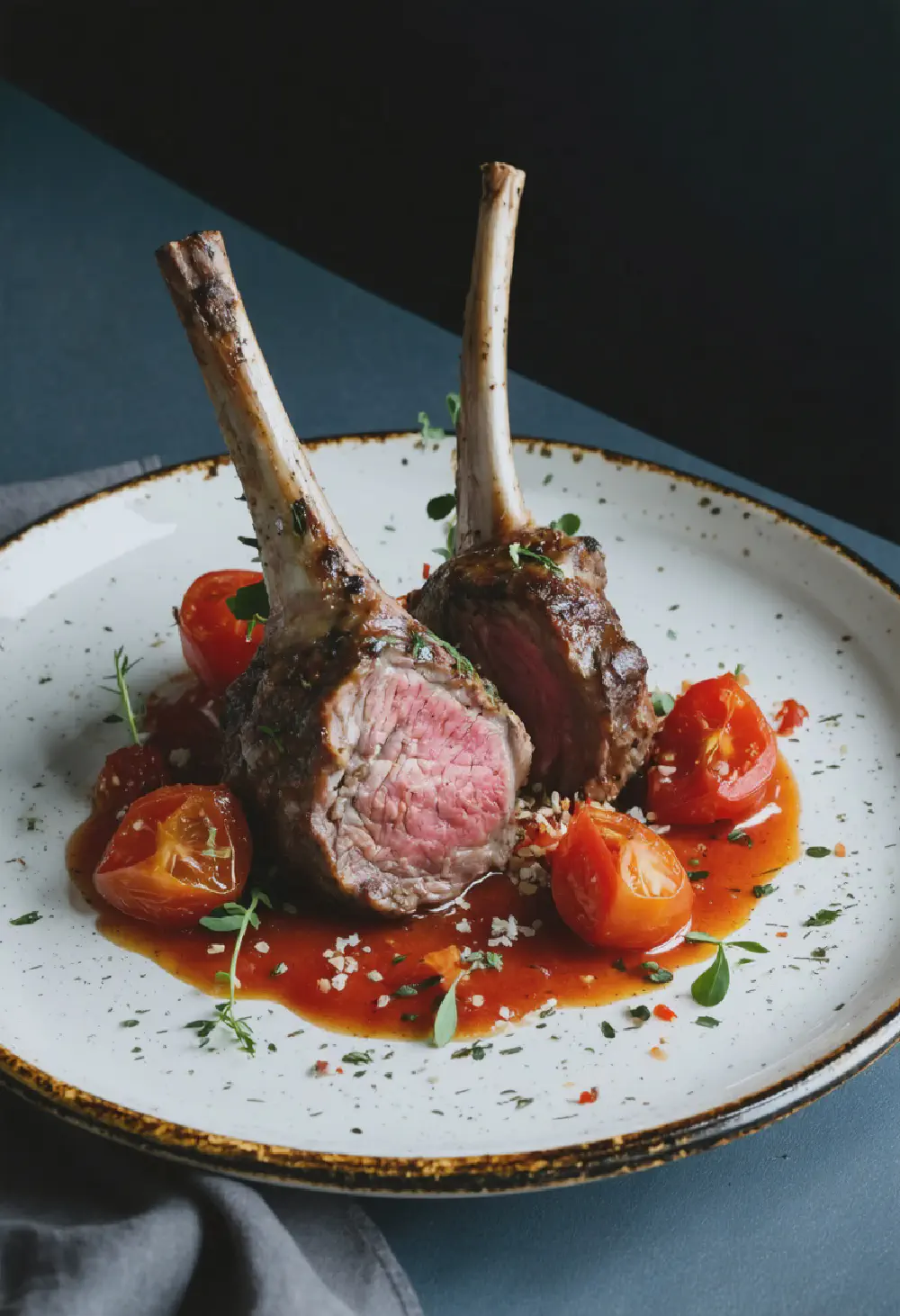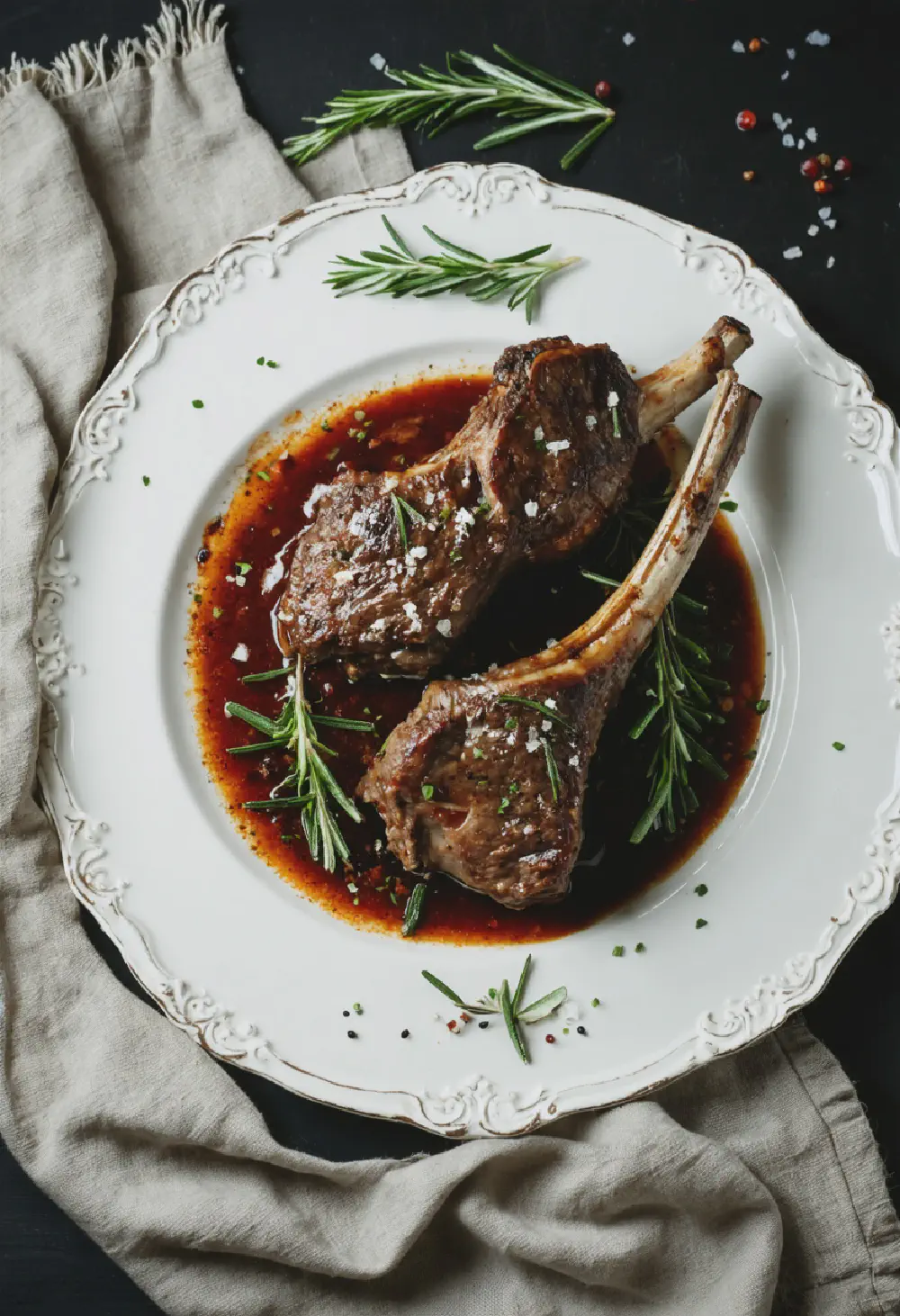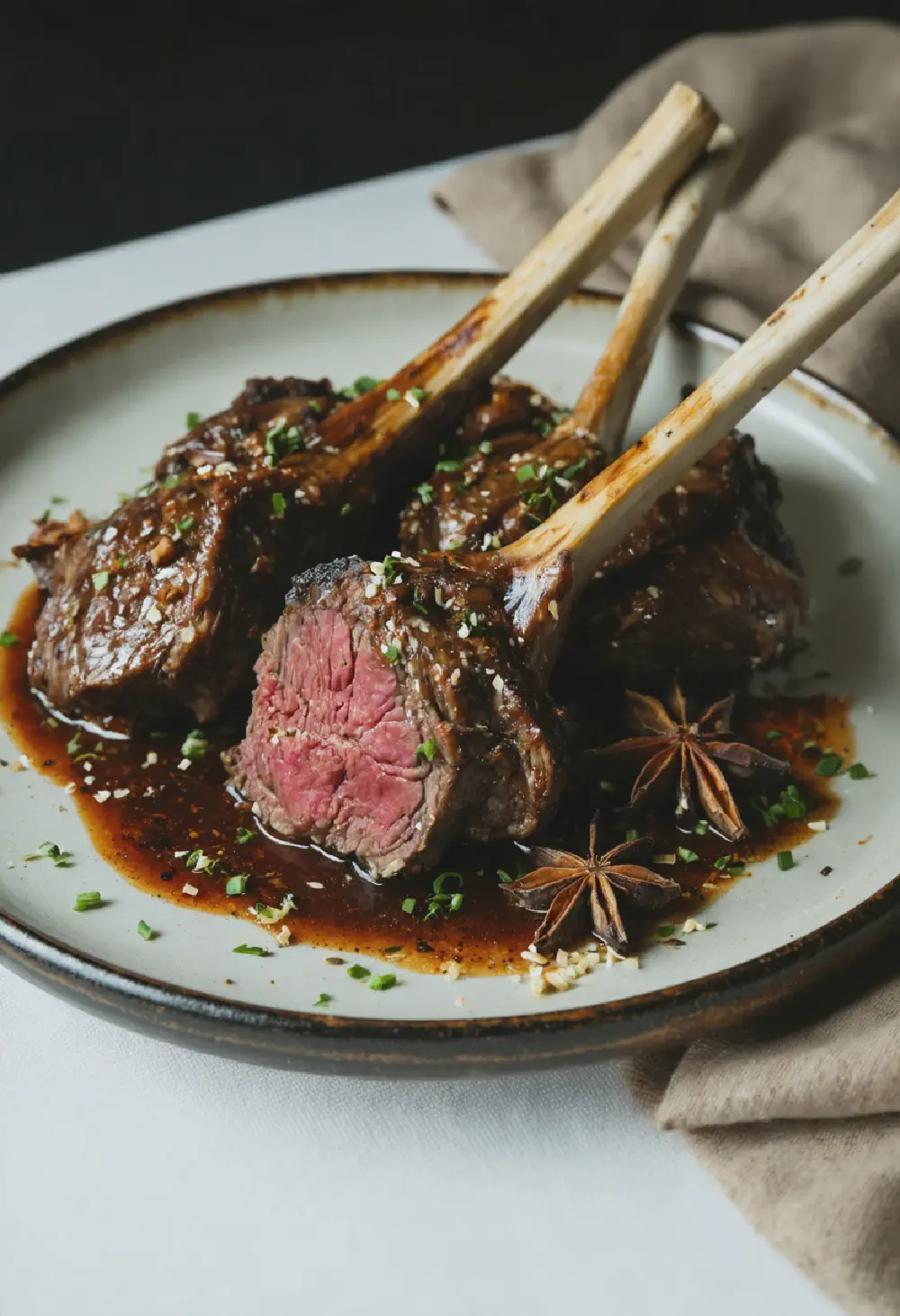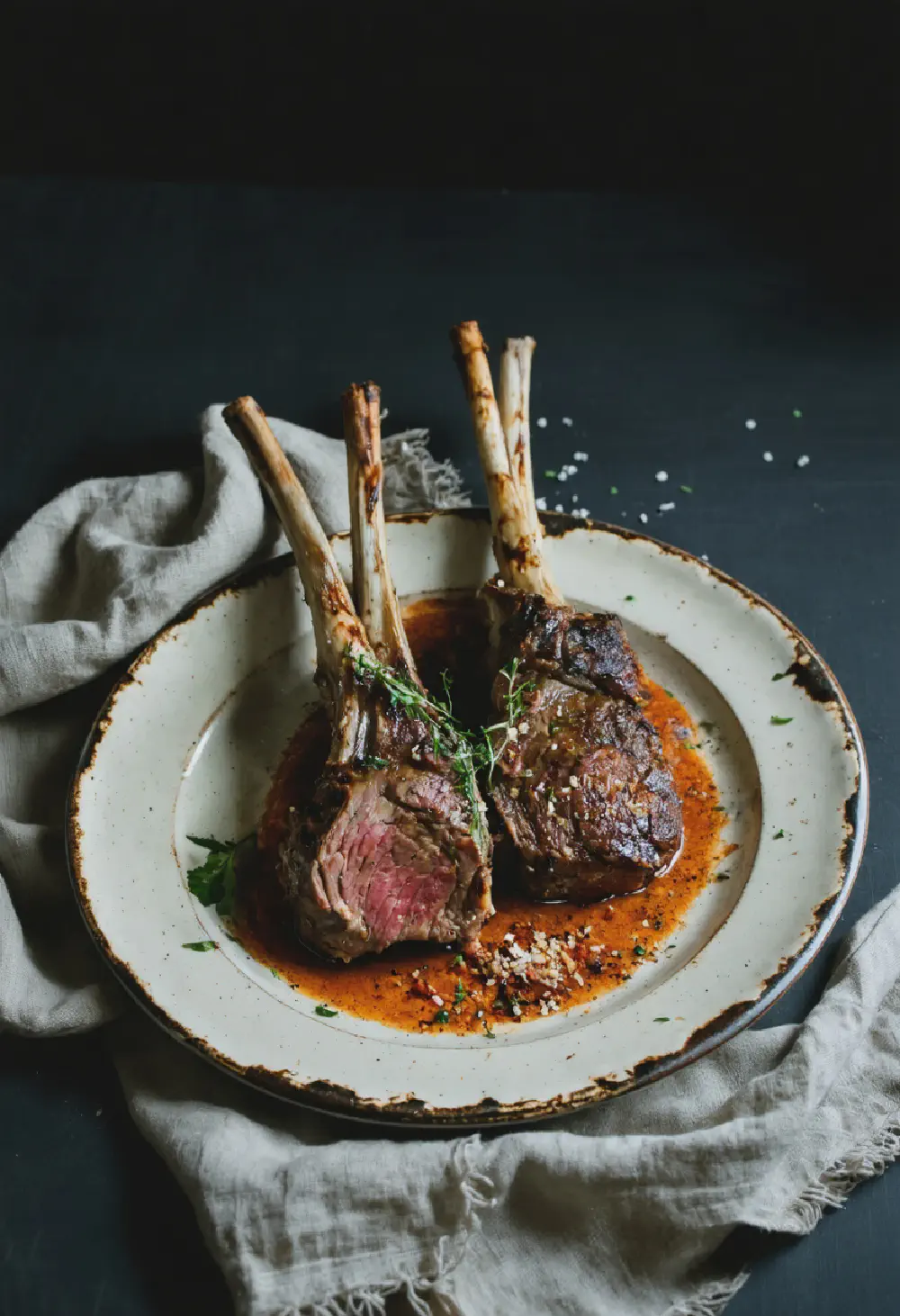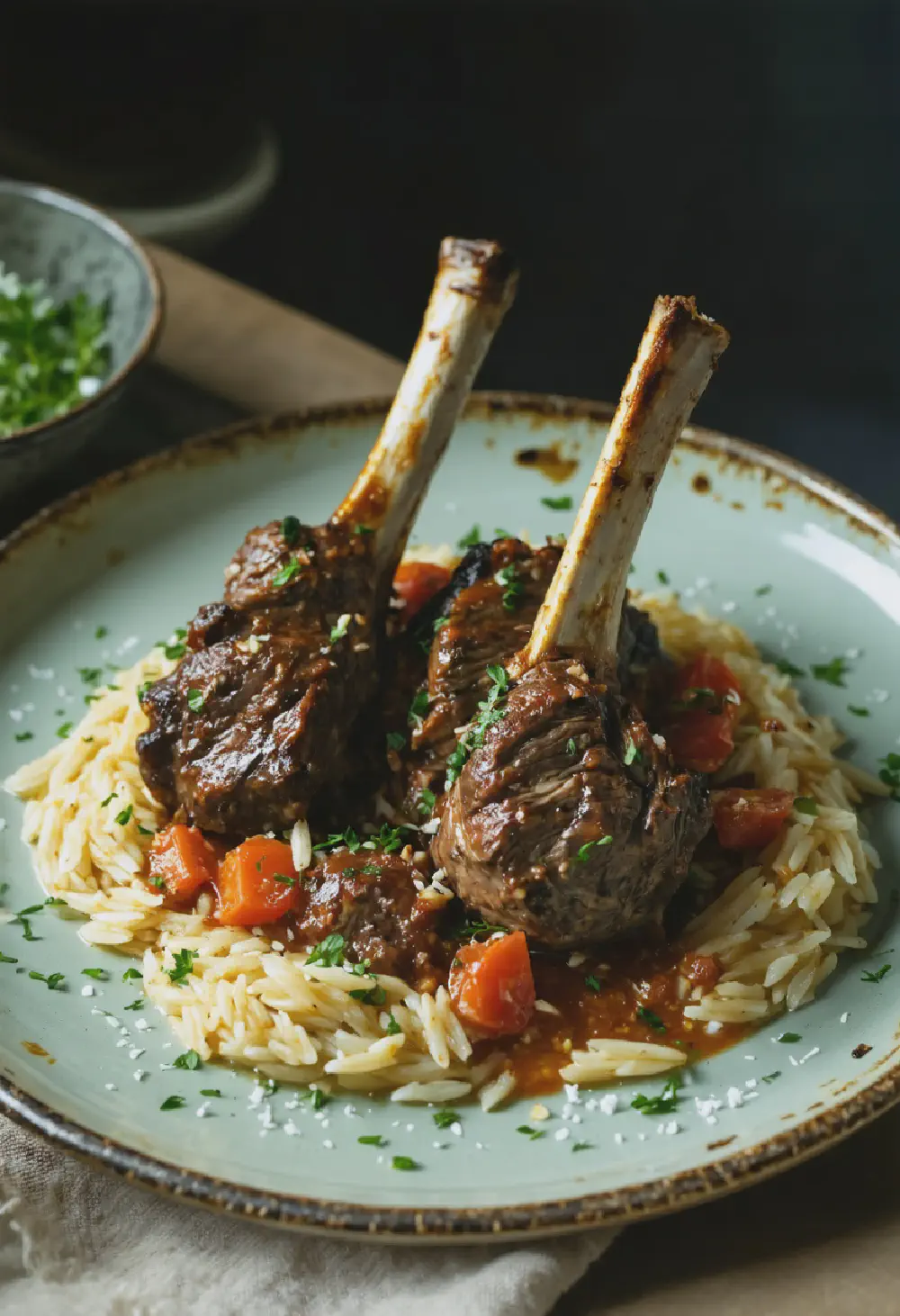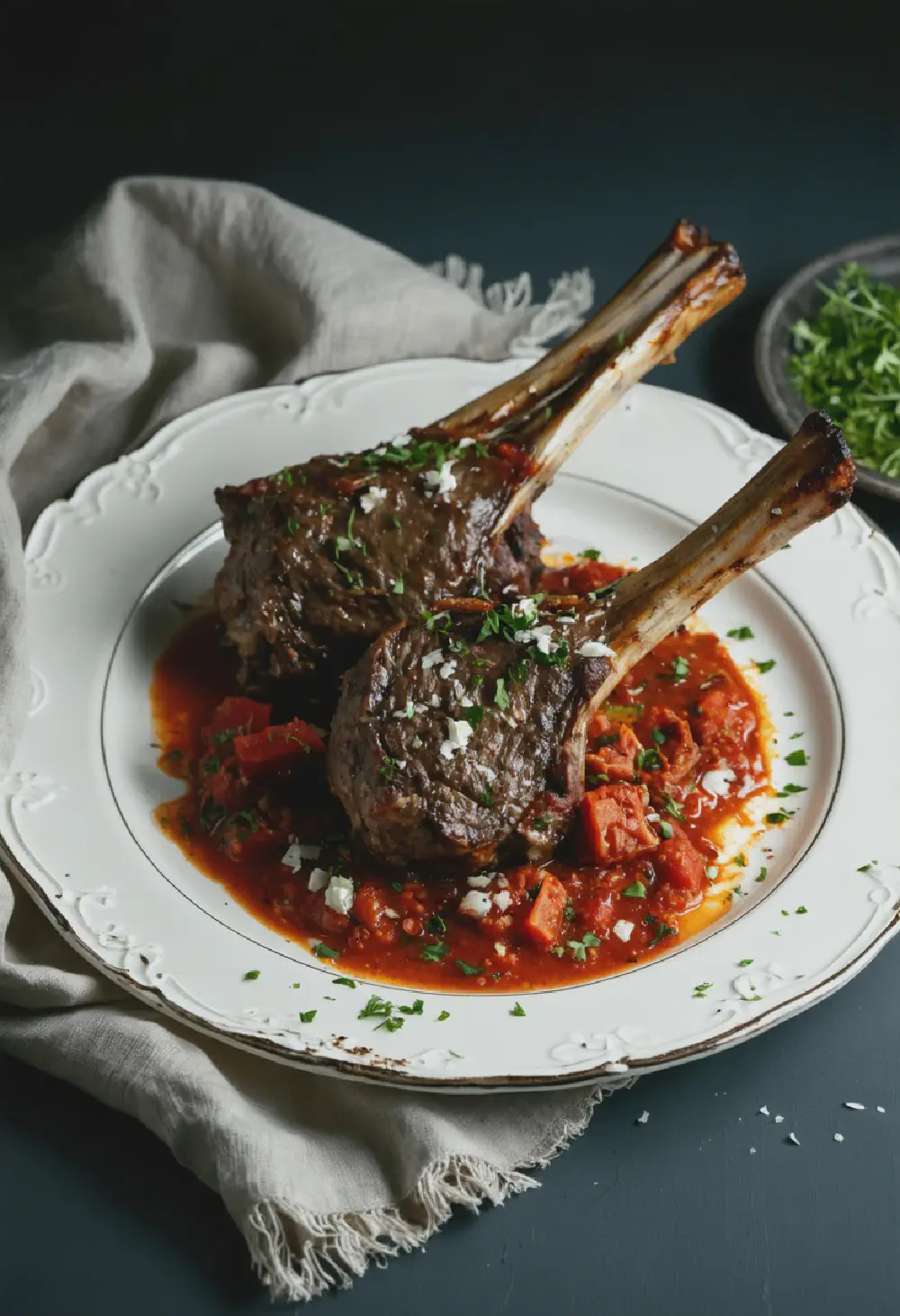Chicken Katsu
20M
35M
- Makes 4 servings
- 4 boneless, skinless chicken breasts
- Salt and pepper to taste
- 1/2 cup all-purpose flour
- 2 large eggs, beaten
- 1 1/2 cups panko breadcrumbs
- Vegetable oil for frying
- 1/4 cup Worcestershire sauce
- 2 tablespoons soy sauce
- 2 tablespoons mirin
- 1 tablespoon sugar
- 1 teaspoon Dijon mustard
- 1/4 teaspoon garlic powder
- Shredded cabbage for serving
- Lemon wedges for serving
- Prepare the chicken: Place the chicken breasts between two sheets of plastic wrap and pound them to an even thickness of about 1/2 inch. Season both sides with salt and pepper.
- Set up a breading station: Place the flour, beaten eggs, and panko breadcrumbs in three separate shallow dishes.
- Bread the chicken: Dredge each chicken breast in the flour, shaking off any excess. Dip it into the beaten eggs, then coat thoroughly with the panko breadcrumbs, pressing the breadcrumbs onto the chicken to adhere.
- Fry the chicken: Heat about 1/2 inch of vegetable oil in a large skillet over medium heat until it reaches 350°F (175°C). Carefully add the breaded chicken breasts and fry for about 4-5 minutes on each side, or until golden brown and cooked through. Transfer to a paper towel-lined plate to drain excess oil.
- Make the tonkatsu sauce: In a small saucepan, combine Worcestershire sauce, soy sauce, mirin, sugar, Dijon mustard, and garlic powder. Heat over medium heat, stirring until the sugar dissolves and the sauce is well combined. Remove from heat and let cool.
- Serve: Slice the chicken katsu into strips and serve over a bed of shredded cabbage. Drizzle with the tonkatsu sauce and serve with lemon wedges on the side.
Chicken Katsu: A Delicious Japanese Dish
History
Chicken Katsu, a beloved dish in Japanese cuisine, has a fascinating history that traces back to the late 19th century. Originally inspired by European cuisine, specifically the schnitzel from Austria and Germany, Chicken Katsu was adapted to suit Japanese tastes and ingredients. The dish first appeared in Japan during the Meiji period (1868-1912), a time when Western influences were increasingly integrated into Japanese culture. Over the years, Chicken Katsu has evolved from a Western-inspired dish to a staple of Japanese home cooking and restaurant menus, showcasing the adaptability and creativity of Japanese culinary traditions.
Taste Profile
The taste profile of Chicken Katsu is a delightful combination of textures and flavors. The dish features a crispy, golden-brown breadcrumb coating that encases tender, juicy chicken cutlets. When you bite into it, you experience a satisfying crunch followed by the succulent meat inside. The savory tonkatsu sauce, a blend of Worcestershire sauce, soy sauce, sugar, and other seasonings, adds a tangy and slightly sweet flavor that perfectly complements the richness of the fried chicken. This harmonious balance of crispiness, tenderness, and savory sauce makes Chicken Katsu a truly irresistible dish.
Cultural Significance
In Japanese cuisine, Chicken Katsu holds a special place due to its widespread popularity and cultural significance. It is commonly enjoyed in various settings, from casual home meals to upscale restaurant offerings. Chicken Katsu is often served with rice and shredded cabbage, making it a complete and satisfying meal. The dish is also a favorite among families, as it is easy to prepare and loved by people of all ages. Additionally, Chicken Katsu has become a symbol of comfort food in Japan, often sought after for its nostalgic appeal and heartwarming flavors. Its presence in Japanese cuisine reflects the country’s ability to embrace and transform foreign influences into something uniquely their own, contributing to the rich tapestry of Japanese culinary heritage.
